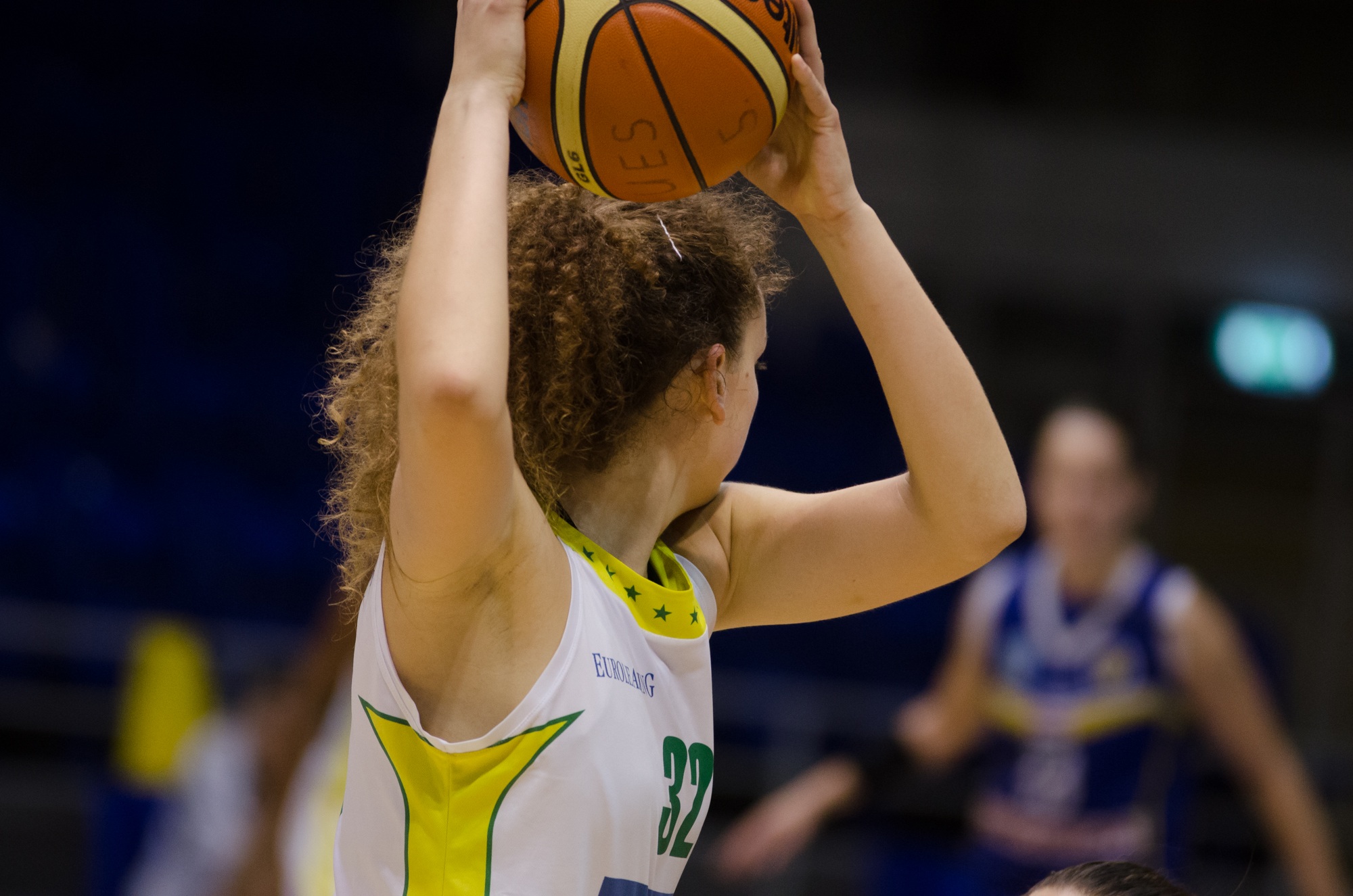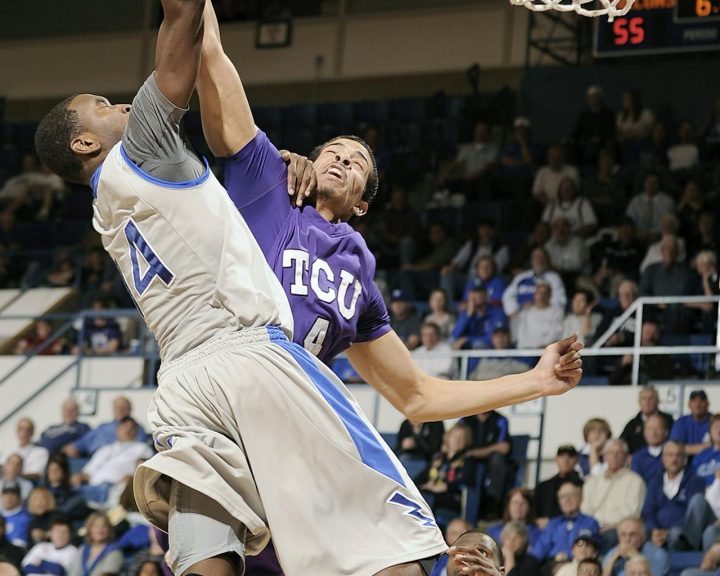In our previous post, we covered the importance of keeping the ball out of the red zone. In this post we’ll begin to cover one important part of making that happen, which is defending the dribble. Basketball players spend a lot of time perfecting the dribble so if we’re going to commit to being a defensive team, then it’s important to understand how to defend against it.
The first thing to understand is it is not our goal to keep the athlete from dribbling. Our goal is to keep the other team from scoring. We don’t score by dribbling. We score by getting into the red zone to be able to perform a lay up, by shooting and by passing to other players. So our goal is to take away the ability to get into the red zone, to take away the ability to score, and to take away the ability to pass.
Defenders need to have a mindset of attacking, not a mindset of reacting. Reacting means always being a few steps behind the offense, which means they are going to score against the defense almost every time.
When defending the dribble, the defender needs to stay between the ball and the basket. The defender should squat down, pushing their hips back, until their nose is level with the offensive player’s chest (nose to chest). This keeps their center of gravity low to allow for changes of direction without losing balance.
The defender’s hands should be up (think karate strikes) at shoulder height. One hand should follow the ball. The other hand should be held down and should wave to both distract the dribbler and to be able to deflect a potential pass.
The defender’s feet should be lined up slightly split, with the back foot’s toe even with the heel of the front foot. The back foot needs to be the direction of the point we’re trying to push the dribbler to. Recall: we want the dribbler at the corners or the sidelines, not the red zone (see below). So one of our goals is to push the dribbler to those points.
Lastly, our defender needs to be constantly moving his or her feet and hands. At no time should they be stationary (no trees!).





